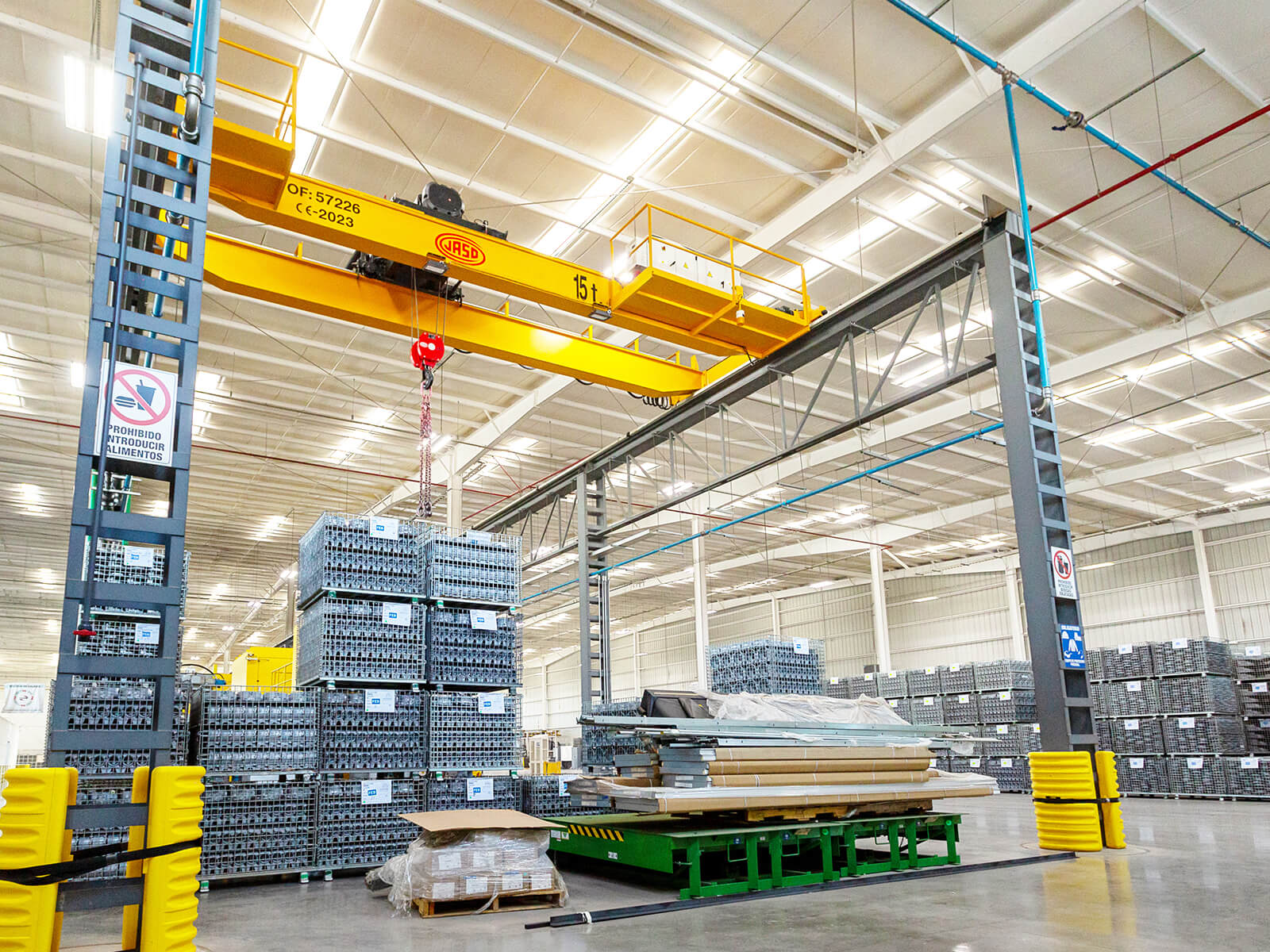Productive sectors: Detailed examples and explanations
Introduction to productive sectors
Productive sectors encompass economic activities that drive a country’s development and economic growth. Understanding their function is essential for analyzing how nations generate wealth, employment, and opportunities for sustainable growth. This article explores the main productive sectors, their examples, and their impact on the global economy.

Definition of productive sectors
- Primary sector: Involves extracting natural resources, such as agriculture, mining, and fishing.
- Secondary sector: Focuses on transforming these resources into manufactured products, including industry, construction, and manufacturing.
- Tertiary sector: Encompasses services such as education, healthcare, tourism, commerce, finance, and transportation.
Importance of understanding productive sectors
Productive sectors are crucial for economic analysis as each contributes uniquely to a nation’s growth. Understanding these sectors enables governments and businesses to identify strategic areas for investment, innovation, and economic advancement.
Examples of productive sectors
- Primary sector:
- Agriculture: Countries like Mexico, Brazil, and Argentina rely on key agricultural products like corn, coffee, and soybeans for exports.
- Fishing: Japan and Norway depend heavily on marine resources for economic sustenance.
- Mining: Chile and Peru excel in extracting copper and other vital minerals.
- Secondary sector
- Automotive Industry: Mexico, Japan, and Germany lead in producing vehicles for global markets.
- Technological Manufacturing: China and South Korea are renowned for producing electronics and advanced machinery.
- Construction: The United States drives significant urban development and infrastructure projects.
- Tertiary Sector
- Tourism: Countries like Spain and Thailand attract millions of tourists annually, generating substantial revenue.
- Financial Services: Global hubs like London, New York, and Hong Kong lead in banking and finance.
- International Trade: Regions such as Europe and Asia are critical for the global exchange of goods and services.
Impact of productive sectors on the economy
Contribution to GDP by sector
- Developing nations like India and Nigeria rely heavily on the primary sector.
- Industrialized economies such as Germany and South Korea are driven by the secondary sector.
- Advanced economies like the United States and the UK are dominated by the tertiary sector.
Job creation across productive sectors
Productive sectors generate not only wealth but also employment, with varying job levels depending on a country’s development stage:
- Primary sector: In developing countries, a significant portion of the workforce is employed in agriculture or mining, often with less stability and lower pay.
- Secondary sector: In industrial economies, factories, industries, and construction provide well-paying jobs.
- Tertiary sector: In advanced economies, education, technology, and finance dominate employment opportunities.
Job creation is one of the most evident benefits of a strong productive sector, and its ability to adapt to global market demands is crucial for ensuring economic stability.
Innovation and Trends in Productive Sectors
- Automation in manufacturing: Modern factories leverage robots to boost efficiency.
- E-commerce in tertiary sectors: Platforms like Amazon and Alibaba have revolutionized global trade.
- Sustainability in the primary sector: Innovations like precision farming and renewable energy aim to minimize environmental impact while improving productivity.
Regional Comparison of Productive Sectors
Developed Economies:
Countries like Germany, Japan, and the US are predominantly service-oriented, focusing on advanced technology, education, and healthcare. Automation in secondary sectors has reduced labor demands while prioritizing research and innovation.